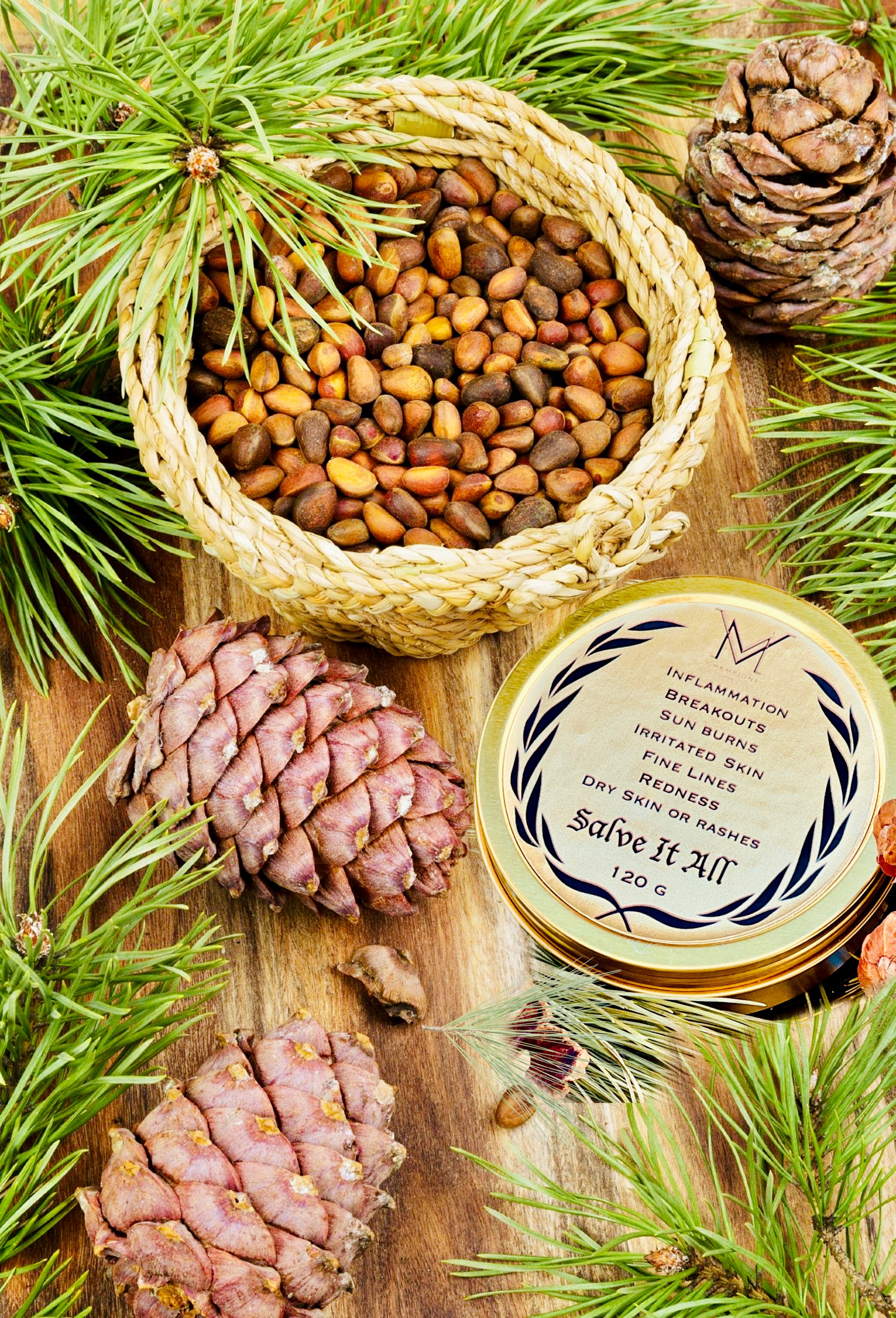“For generations ancient societies have recorded the healing and beautifying powers of impeccable ingredients that impact the skin. Unfortunately, through progressive generations this has been replaced by harmful chemicals and unsustainable products, services, and lifestyles. Here below, is a collection of some of the most powerful ancient remedies discovered globally from the beginning of time. They have changed my mentality, my beauty regime, and my internal well-being along with dozens of other aspiring beauties and I have faith that you too shall be equipped and join our revolution…”
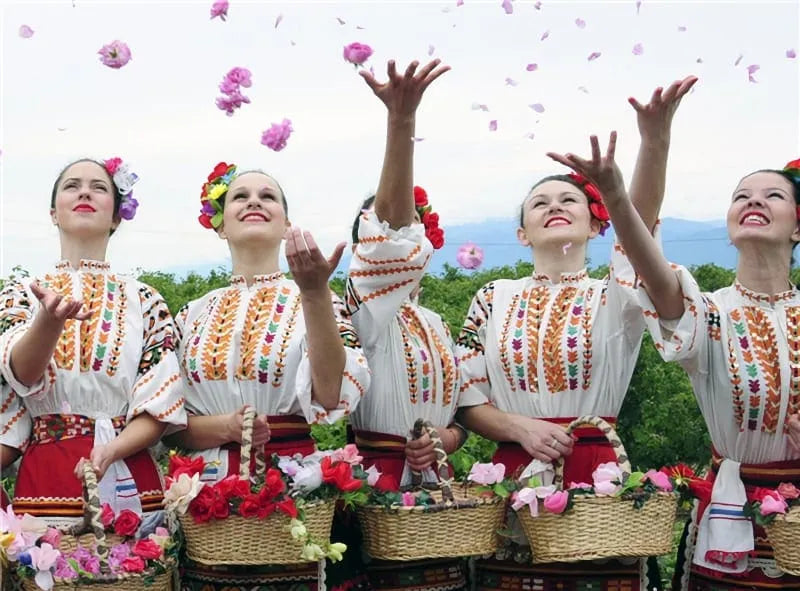
Science: Rose
The symbol of Bulgaria and our most treasured gift from the Divine Source, The rose from our Rose Valley of Bulgaria. Surrounded by two majestic mountains – Sredna Gora and Balkan Mountain Range, the Valley of Roses is considered to have the best soil structure, air humidity, cloudiness and precipitation to obtain the finest and most sought after rose oil and rose water in the world.
The Queen of all flowers has been used in ancient civilizations for beautification dating 35 million years ago. There is a reason the rose is deemed as queen above the rest because of its countless medicinal uses and POWERFUL properties. It takes 2000 Bulgarian roses to make 1 gram of Rose extract. This process at times is more worthy than a gram of gold. Skin hydration and regeneration, inhibits dark spots, and hydrates magnificently. From Cleopatra’s ancient beauty secrets to your skin.
Back in the day Bulgarian women were recognized to be among the most beautiful women on the planet. Mastering the art of beauty, they took pride in their looks and recognized the benefits that rose water provided to their skin, hair and overall health.
The origin of the Rosa Damascena or the Damascus Rose is Middle Eastern – it was first cultivated in Persia (modern Iran). The first rose plantations in Bulgaria appeared around the 16th century and were imported by Ottoman merchants. The climatic and soil conditions proved to be more favorable than any other geographic location in the world.
Gradually the number of rose plantations grew occupying a large area in central Bulgaria later known as the Valley of Roses. For more than 400 years history, the Valley of Roses has been known as the world center for rose oil and rose water production. Pure Bulgarian Rose Water is a great skin rejuvenator, combating skin problems like uneven skin tone, sagging and eczema. We want to share this beautiful gift with you. All of our products contain Rose extract.
SHOP ROSE
Science: Siberian Cedar
The sacred tree that is responsible for the birth of Champïone is the treasure. 1792 academician P.S. Pallas spoke saying Siberian cedar was effective in restoring youth & virility while significantly increasing the body’s resilience & withstands a number of diseases. In the Bible, in the Book of Leviticus in the Old Testament (Ch.14, vs. 4) .. God teaches how to treat people with the help of the cedar!
Cedars were mentioned 42 times in the Bible. Most potent medicine that exists in nature. Druids called the chalice of cedar resin the Chalice of Life. Siberian Cedar Resin is formed when healing these massive trees from their wounds. We have proven this healing works even greater on your skin topically. Siberian Cedar carries properties that promote skin tissue growth and healing. Provides energy topically or internally to all aspects of your organs. Especially the largest organ—-your skin! This is the simplest and least expensive way to halt the process of aging rather than struggling with reversing aging when it has already damaged you.
Functions: Disinfectant, Antiseptic Strong Disinfectant, Antispasmodic, Tonic, Relieves headaches Unique fatty acid profile-high value of protein- elevated content of diamino-hexanoic acid, (fun fact: these are the most frequently deficient amino acids, which usually limit the biological value of protein in product composition) Cold Pressed Cedar nut oil and Cedar resin prevent the formation of plaques on the walls of blood vessels, Insecticide, Sedative, cures inflammations, and itching of skin.
SHOP SIBERIAN CEDAR
Science: Sea Buckthorn
“Sea buckthorn a cherished Himalayan beauty and health care secret. Sea buckthorn is responsible for the name of Pegasus, the mythical winged horse from Ancient Greece that flies the skies. Translated literally means “shiny horse” The Sea Buckthorn berry is so rich in vitamins and minerals that many speculate that it must have been cultivated by an ancient plant breeder to be the ultimate tonic and scientists prove it is a superfood for boosting skin health.
Since the discovery of the ancient Tibetan book of healing arts Sibu Yi Dian discovered centuries ago. The use of sea buckthorn quickly spread into Europe, Pakistan, and Central Asia. (Sea buckthorn is a hardy fruit that thrives in cold, dry regions. This harsh climate has produced a plant rich in antioxidants, palmitoleic acid (a compound scientists believe is capable of boosting skin health), Omega 7s (a critical essential fat), and over 190 nutrients and phytonutrients.)
The famous conqueror Genghis Khan was documented to use this plant to keep troops and horses stay healthy and protected from the sun on his quest to take over the world.”
SHOP SEA BUCKTHORN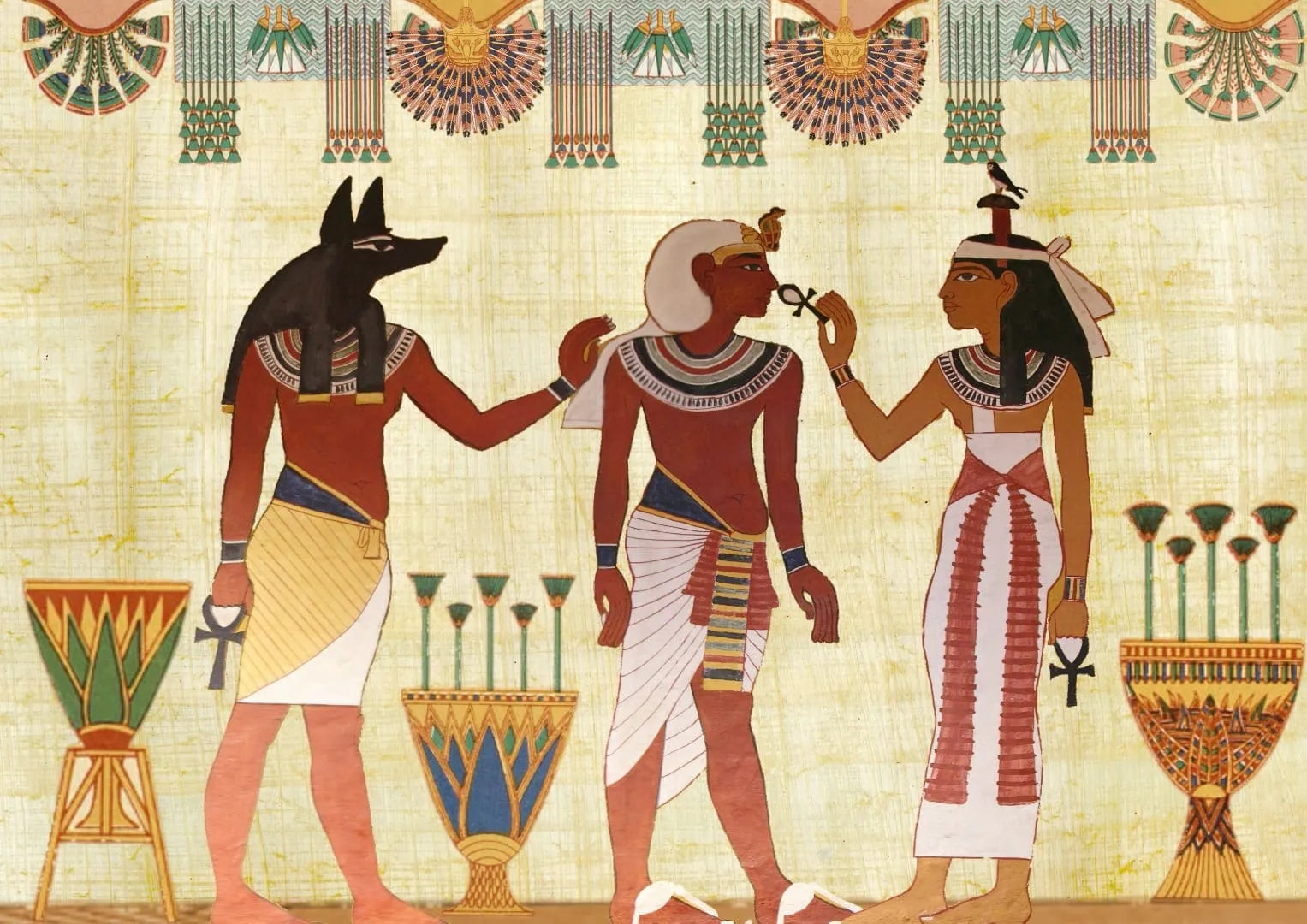
Science: Black Seed
In the Mediterranean countries and the Near East, black seed has been considered a medicinal plant and the oil is said to be a “miracle cure” for thousands of years. They say it has been handed down from the Prophet Mohammed: “Black cumin heals every disease, except death.” His statements has made a large contribution to Islamic nations.
A bottle of Black Seed Oil was found in Tutankhamen’s tomb chamber
Bronze complexion of the ancient Egyptian ladies such as Queen Nefertiti, who was praised for her beauty almost 1400 years ago, is contributed to black cumin.
SHOP BLACK SEED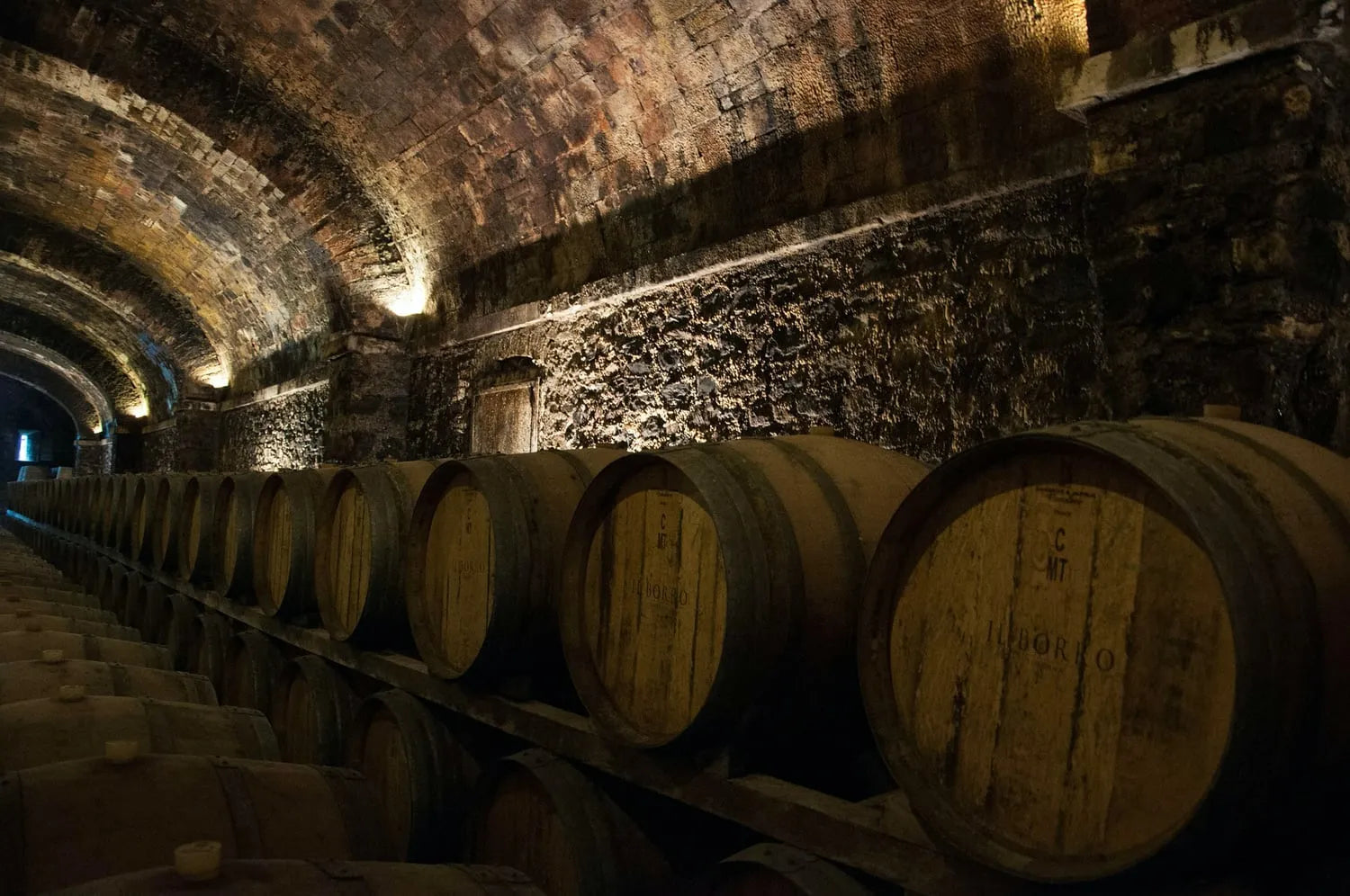
Science: Grape Seed
Grape seed oil is rich, moisturizing and gentle; massage therapists sometimes reach for it to give their treatments an extra skin-hydrating benefit. Grape seed extract, meanwhile, delivers vitamin E, a nutrient that concentrates in the membranes of skin cells and helps hold on to moisture. In addition, crushed grape seeds make for an effective exfoliant; by gently scrubbing your skin with them, you remove the top layer of dead cells, uncovering the smoother, healthier skin underneath.Antioxidants in grape seeds, vitamin C in particular, may help reverse or reduce some of the wrinkling effects. A small trial at the St. Helena Institute for Plastic Surgery showed an 88 percent improvement in skin texture after subjects used a product containing grape seed extract for six week.
SHOP GRAPE SEED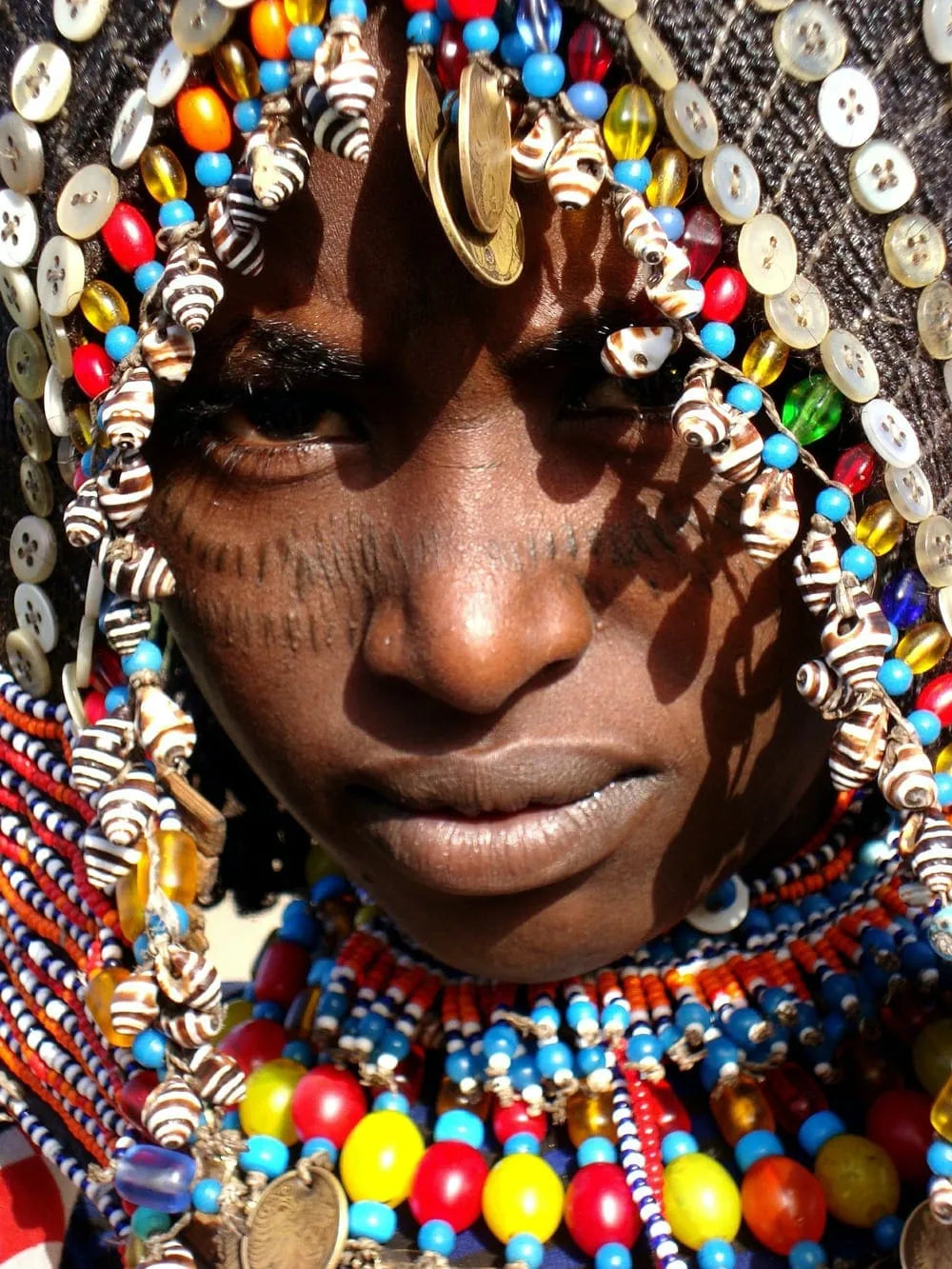
Science: Helichrysum
Helichrysum also known as the Everlasting flower- is the plant of gold. It is grown around the Balkans and is named after the Greek “Helios,” or sun, and “chrysos,” which translates to gold. Just like in fairytales, this flower possesses the secret to eternal youth. In fact, its name comes from its faculty to never fade away even after it has been picked and dried. That is why Apollo, our favorite Greek God, has been crowned with Helichrysum. It is also said it is one of the herbs used by Moses to help protect the Israelites from the plagues in the Old Testament.
The Helichrysum flower was well-known in ancient Greece for its beauty, as well as its medicinal properties. It is thought that these flowers were once dried and arranged as an offering to the Greek Gods. Additionally, the plants and their oil have been used across Europe and Africa for centuries to help heal wounds and treat various illnesses. The aromatic leaves were also burned as incense.
When it wasn’t being offered to the residents of Mount Olympus, helichrysum had traditional applications for a number of conditions. Respiratory ailments, skin trouble, liver and gallbladder issues, inflammation, insomnia, and infections all came with a “prescription” for helichrysum. Not all of these uses have been confirmed yet, but one by one the scientific community is discovering that the ancients were wise when it came to their choice in remedy.
SHOP HELICHRYSUM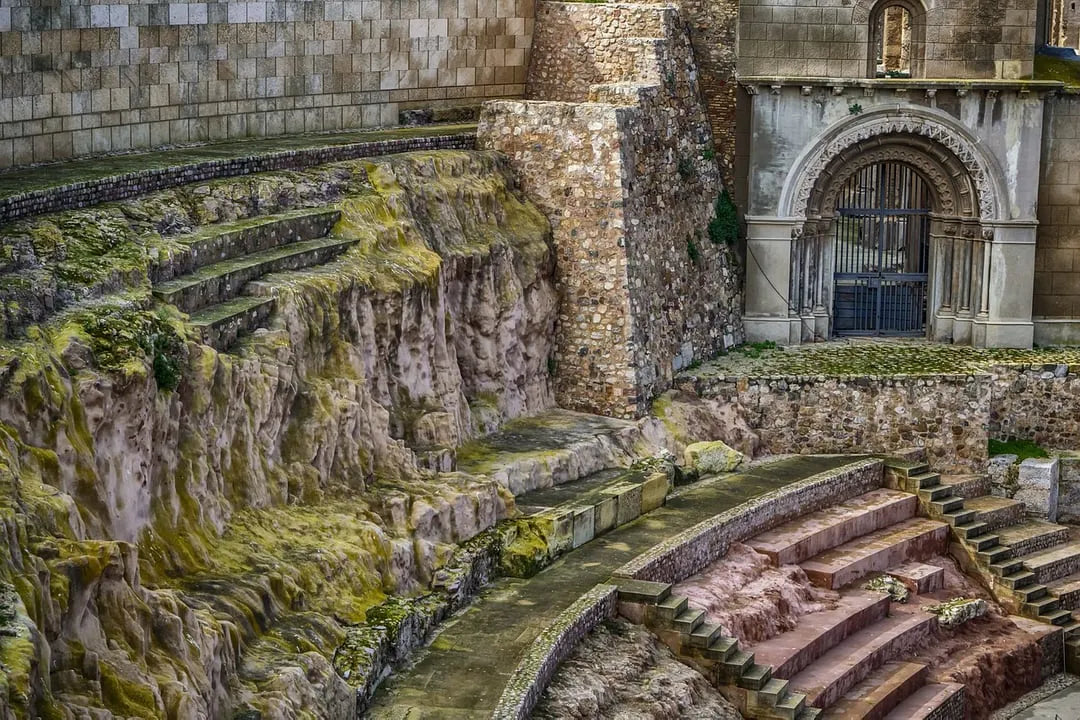
Science: Mint
During the Middle Ages, people used mint as a cleaning agent and a way to purify drinking water. The early colonists bringing herbs to America praised mint for its therapeutic benefits, using it to treat fevers and influenza
In Roman mythology it was told that Pluto lord of the Underworld, fell in love with the nymph Minte (also called Menthe). In a jealous rage his wife Prosperine, transformed Minte into a lowly plant that would be trampled underfoot. Unable to help Minte, Pluto gave her eternal sweetness so that her fragrance would console him in the Underworld forever. Mint has also been said to be an appropriate offering to Venus the deity of Love. For the Greeks, Mint was also a magic herb that brought clarity and insight. As a fragrance, people of Athens were known to anoint different parts of their body with aromatic herbs; Mint was reserved for the arms, to give them the smell of strength.
Peppermint is actually a hybrid mint, a cross between Water Mint (Mentha aquatica) and Spearmint (Mentha spicata). In the 1700’s, Carolus Linnaeus a Swedish botanist, physician and zoologist, treated Peppermint as a species; now it is universally understood that it is a hybrid. Of all the species and hybrids of mint, Peppermint is said to have the highest level of menthol, which was used to soothe and calm sore throats and dry coughs.
The Romans were the first to introduce mint throughout Europe. In the Middle Ages, powdered Peppermint leaves were used to whiten teeth and freshen the breath. Peppermint was added to baths for its invigorating and soothing properties. It was made into chest rubs to reduce the symptoms of the common cold. Peppermint was applied topically to soothe and give a cooling effect on skin irritations caused by hives, poison ivy, or poison oak. In North America, Peppermint was introduced by the colonists who used it to make teas for headaches, heartburn, indigestion, gas and insomnia. Delicious and aromatic, the colonists also enjoyed Peppermint tea because it was not taxed like other teas.

Science: Rice
In Japanese folklore, Inari is a deity that is both man and woman. Inari, as a male (god of food) or female (goddess of rice) was worshipped to ensure a bountiful rice and crop harvest. As a goddess, Inari appears as a woman with long flowing hair carrying two sheaves of rice or as a long haired woman riding a white fox. The god Inari would appear as an old man with a long white beard. The fox is depicted as Inari’s messenger and during rice season, shrines dedicated to the deity would have a fox statue next to him/her. In the beginning of rice season, foxes would arrive announcing the arrival of Inari and then leave after harvest with the deity.
Originally cultivated in ancient China, Rice was introduced to India before the time of the Greeks. Rice cultivation was introduced by Chinese tribes to areas such as Northern China, Thailand, Myanmar, Cambodia, Vietnam and Malaysia. In 300 B.C. rice cultivation was introduced to the West in countries such as Egypt, Iran and Iraq. During the times of Alexander the Great, rice became available in Greece, Sparta and Rome as an import from Egypt. In the 9th century the Moors introduced it to Spain and Portugal. When Columbus discovered America in 1492, he introduced Rice to the New World and then in the 20th century, California started cultivation of rice for the first time.
Hungarian women used the water left over from cooking rice as a moisturizer for rough, cracked hands. Rice powder was used as a main ingredient in face powders and was used as a softening and soothing ingredient for skin care preparations. Rice Bran Oil was added into creams to improve dry, damaged, mature skin and to add body and luster to hair. The biggest compliment a Japanese woman can be paid is to be called a Nuka Bijin, which translates to ‘rice bran beauty’. Indonesian women soaked white rice in spring water and used the froth that formed on the top of the water to treat acne prone skin and exfoliate the face.
SHOP RICE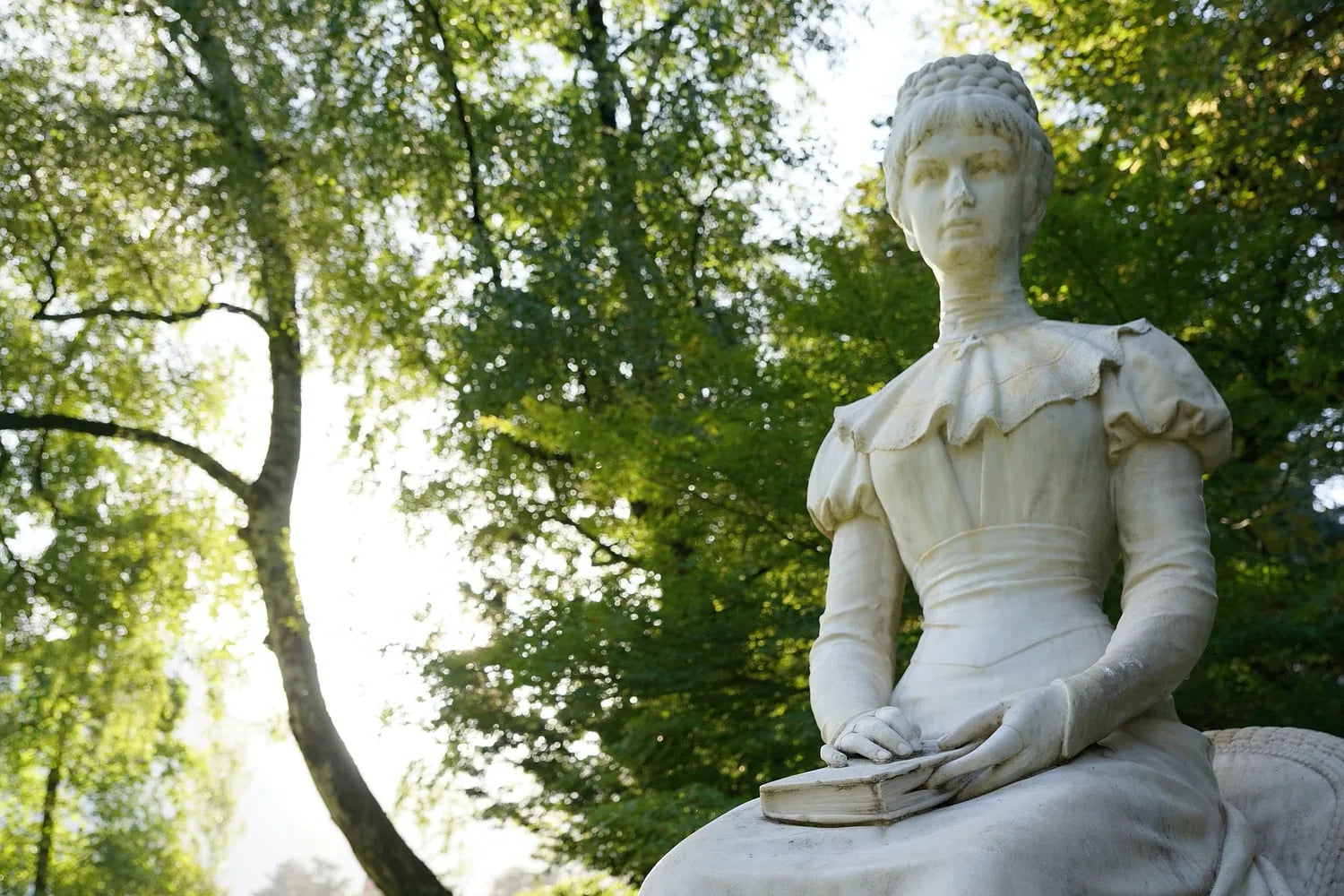
Science: Rosemary
Rosemary is derived from the Latin name rosmarinus, which is from ‘dew’ (ros) and ‘sea’ (marinus) or ‘dew of the sea’, since it is found growing near the sea. The Ancients were quite familiar with Rosemary and used it to strengthen ones memory. The herb was used in ceremonies as a symbol of remembrance.
At funerals, mourners would throw it into graves as a remembrance for the dead. In Shakespeare’s Hamlet, Ophelia says, “There’s Rosemary, that’s for remembrance.” At weddings Rosemary was entwined in the wreath worn by the bride. The groom and wedding guests would also wear a sprig of Rosemary as a symbol of love and loyalty. Newlyweds would plant a branch of Rosemary on their wedding day. If the branch grew it was considered a good omen for the union and family.
It was believed that when Rosemary was placed under a pillow before sleep it would prevent nightmares, and when planted in the home garden it would keep witches away. If Rosemary grew abundantly in the garden it meant the woman of the house ruled the household. In the 16th century, men were so annoyed of this statement they were known to pull out all the Rosemary plants to show they were in charge of the roost. Also in the 16th and 17th centuries, Apothecaries prescribed Rosemary for relieving intestinal gas and a digestive aid. In French hospitals, the herb was burned with Juniper berries to purify the air and prevent infection.
Rosemary was used to enhance circulation of the scalp and to relieve conditions such as flaky scalps and thinning hair. It was used to darken dark hair. The herb was used to improve dry,mature skin, help reduce redness, and to alleviate acne and eczema. Rosemary water was used as an eye wash to refresh and reduce puffiness. Recent use has been in slimming products for cellulite, broken capillaries and varicose veins.
Rosemary Ancient Science
Products are preserved through the use of Rosemary Grapefruit and Tea Tree Oil, A formula dated 1235, said to be in the handwriting of Elizabeth, Queen of Hungary, is said to be preserved in Vienna was first invented for a Queen of Hungary, who was said to have been completely cured by its continued use.

Science: Thyme
Thyme grows spontaneously in dry and sunny places in the Mediterranean and is cultivated in France, Spain, Portugal, Greece and in the United States, especially in California.
According to legend, Thyme was born from the tears of Helen of Troy. In Danish and German folklore, wild Thyme was a place where you would find fairies. In ancient Greece, a person ‘said to smell of thyme’ meant someone of admirable style, activity, and energy. The Romans grew Thyme amongst bee hives to attract and keep bees.
Thyme also was a symbol of courage. In the early ages of chivalry, a woman would embroider a Thyme plant with a honeybee on a scarf and give to her champion Knight. In 1725, a German apothecary discovered that the essential oil of Thyme contained a powerful disinfectant called Thymol, found to be very effective against bacteria and fungi. Thyme tea was used to alleviate coughs and loosen phlegm. Thyme honey was added into other expectorant herbal teas for its medicinal properties and as a sweetener. Thyme honey was also used to treat sores. The essential oil was used as an antiseptic for fungal infections such as athlete’s foot.
Thyme was used by Greek and Roman women as a toilet water and unguent. An unguent is similar to an ointment but less viscous and oilier. It was used for rashes, sunburns, abrasions and other skin conditions. Essential oil of Thyme was added to base oil and used as an invigorating massage oil to improve blood circulation. Thyme is well noted for its antiseptic, toning and antioxidant properties and was added to other preparations to treat acne, flaky scalp and thinning hair
SHOP THYME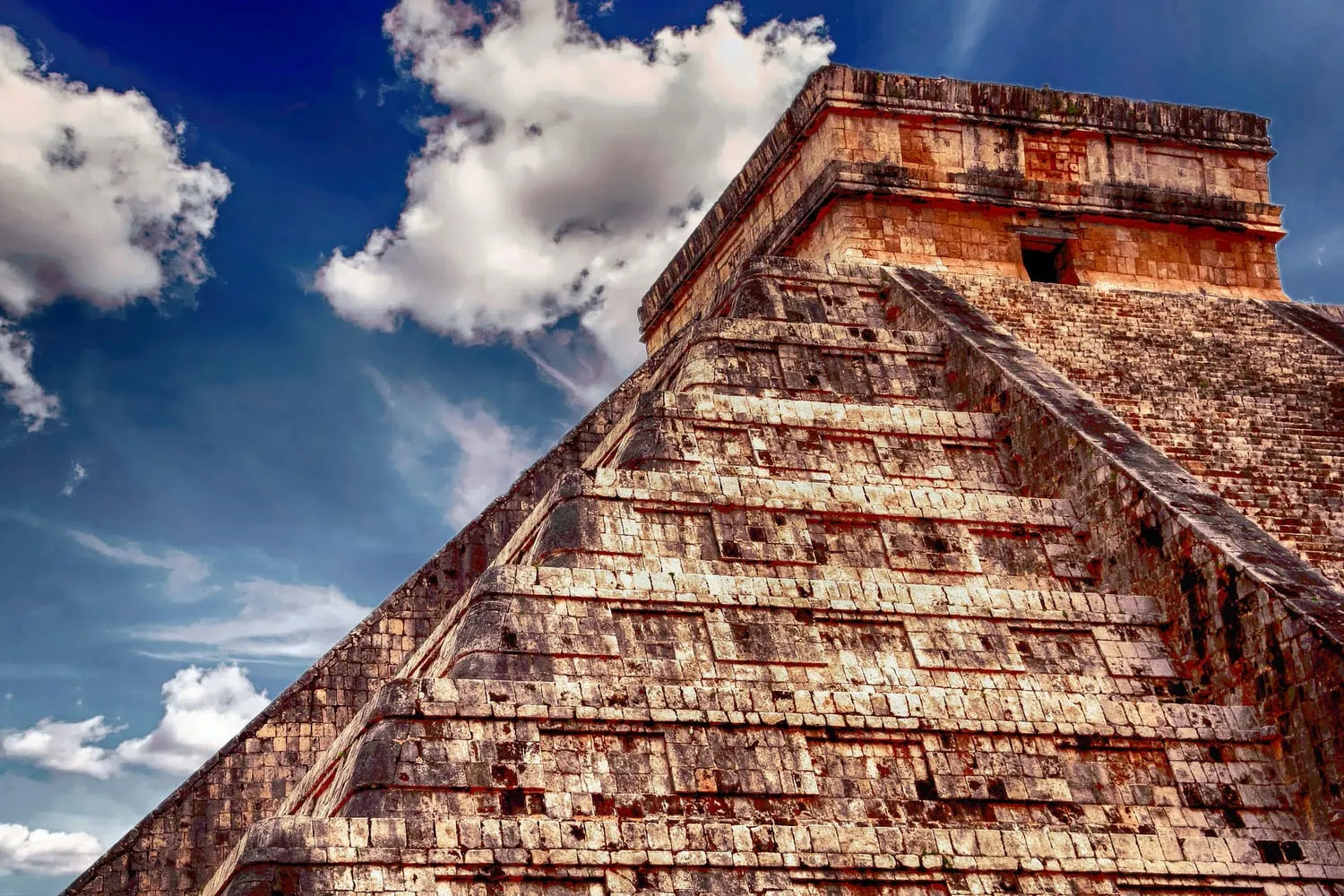
Science: Cocoa
A sultry treat popular once upon a time only with the royalty in ancient civilizations of Mesoamerica.. Aztecs and Mayans praised the cocoa for being sacred.It is known for its’ immense healing and preventative properties that has been documented in both ancient and modern medical journals.
abetted longevity is a prime time benefit of the chocolate.Cacao helps to sooth, disinfect, and nourish.Plus it smells like a treat.
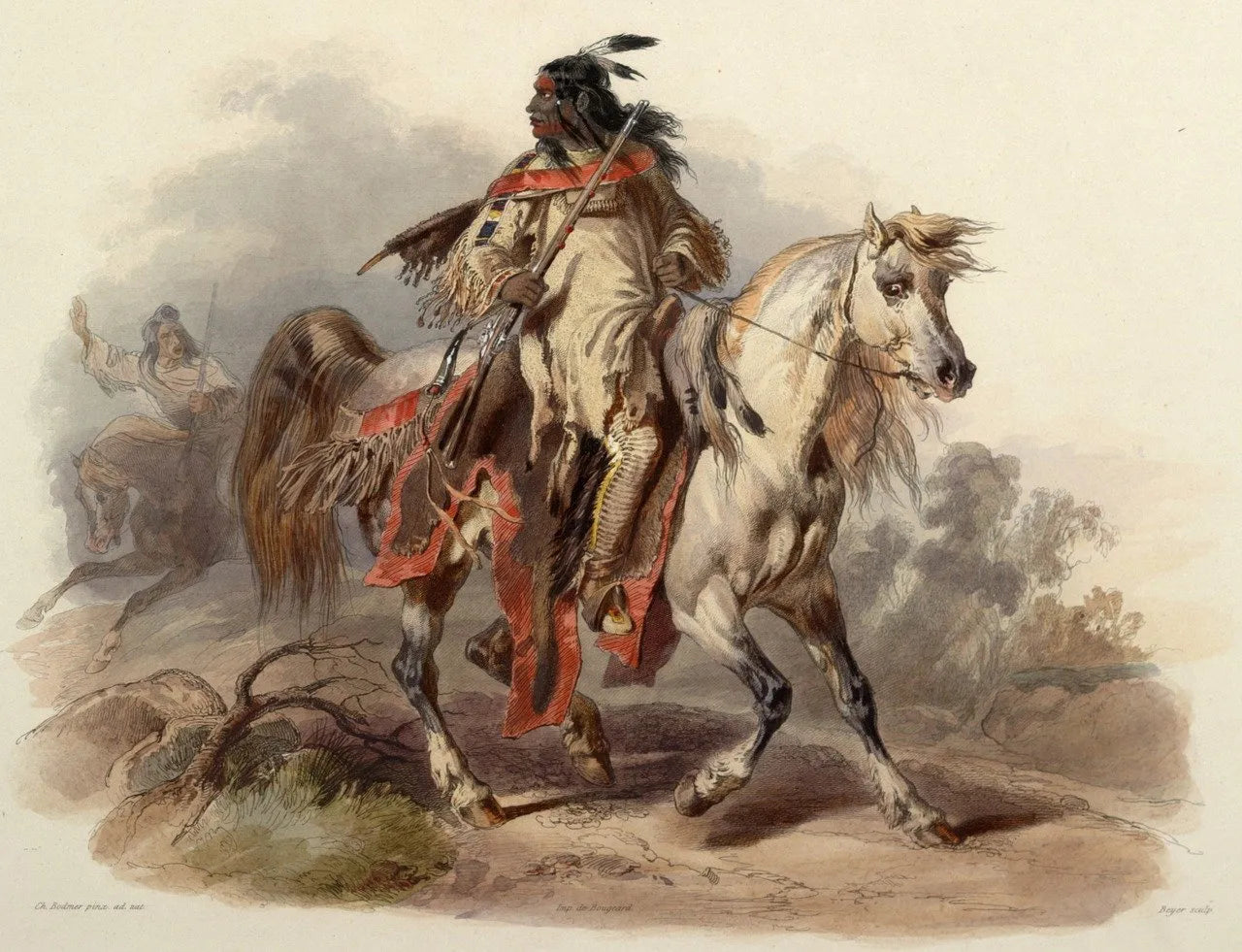
Science: Clay For Masks - Native American
Fabled to have been another of Cleopatra’s top beauty secrets. Minerals are the main source of life on our planet, and are imperative to our survival. Clays are prized for preventative care, remedies, and minerals. Minerals are necessary for all processes in the body, including the assimilation of vitamins, fats, proteins, and carbs as well as biochemical functions that occur. In ancient beauty, American Indians use clays for their healing procedures. African tribes use clay similarly. There is an electric charge created between the clay layers, as well as on the edge of its particles. This makes clays adsorb and absorb heavy and radioactive metals, free radicals and other unwanted products of metabolic activity. Let the clays charge you.’
SHOP MASKS